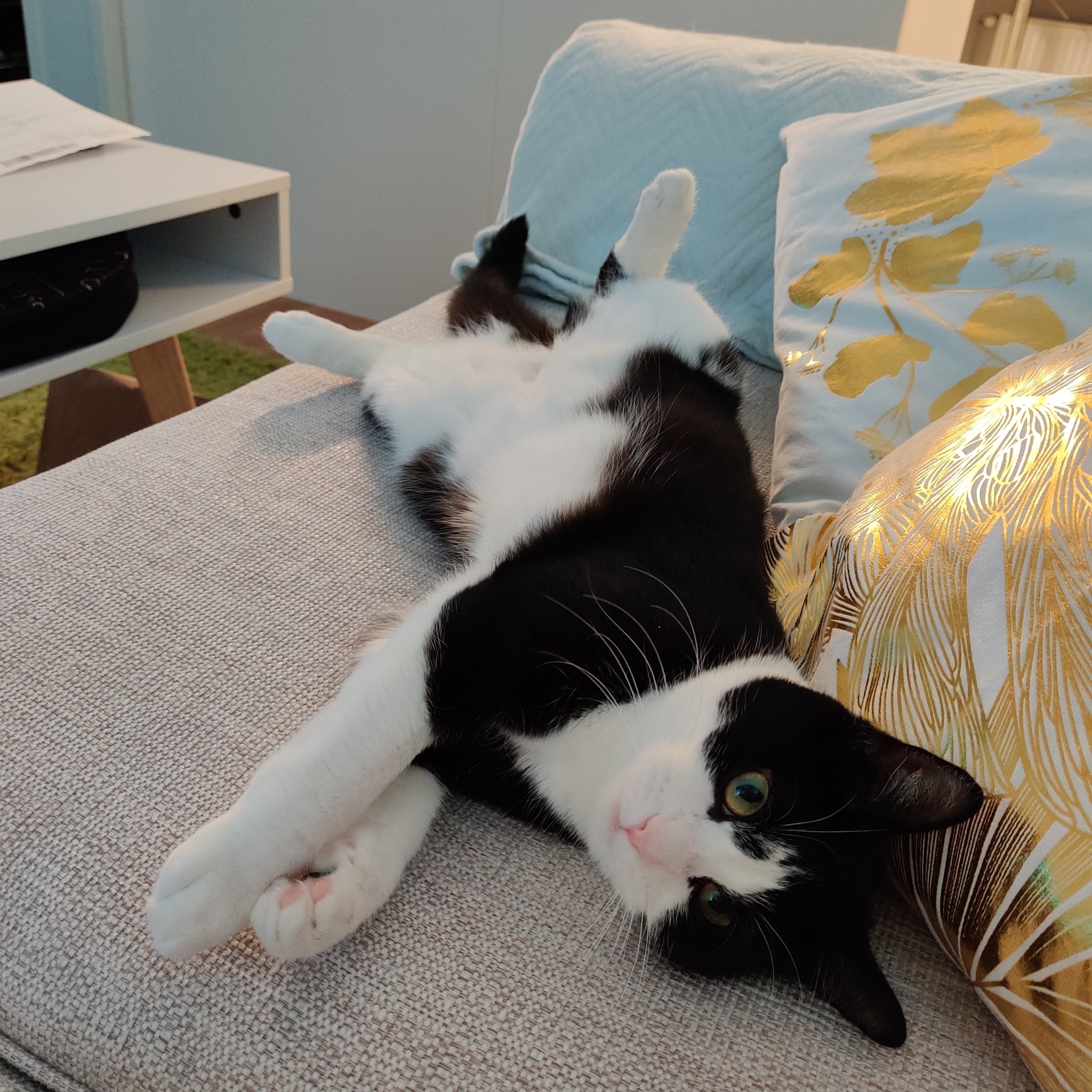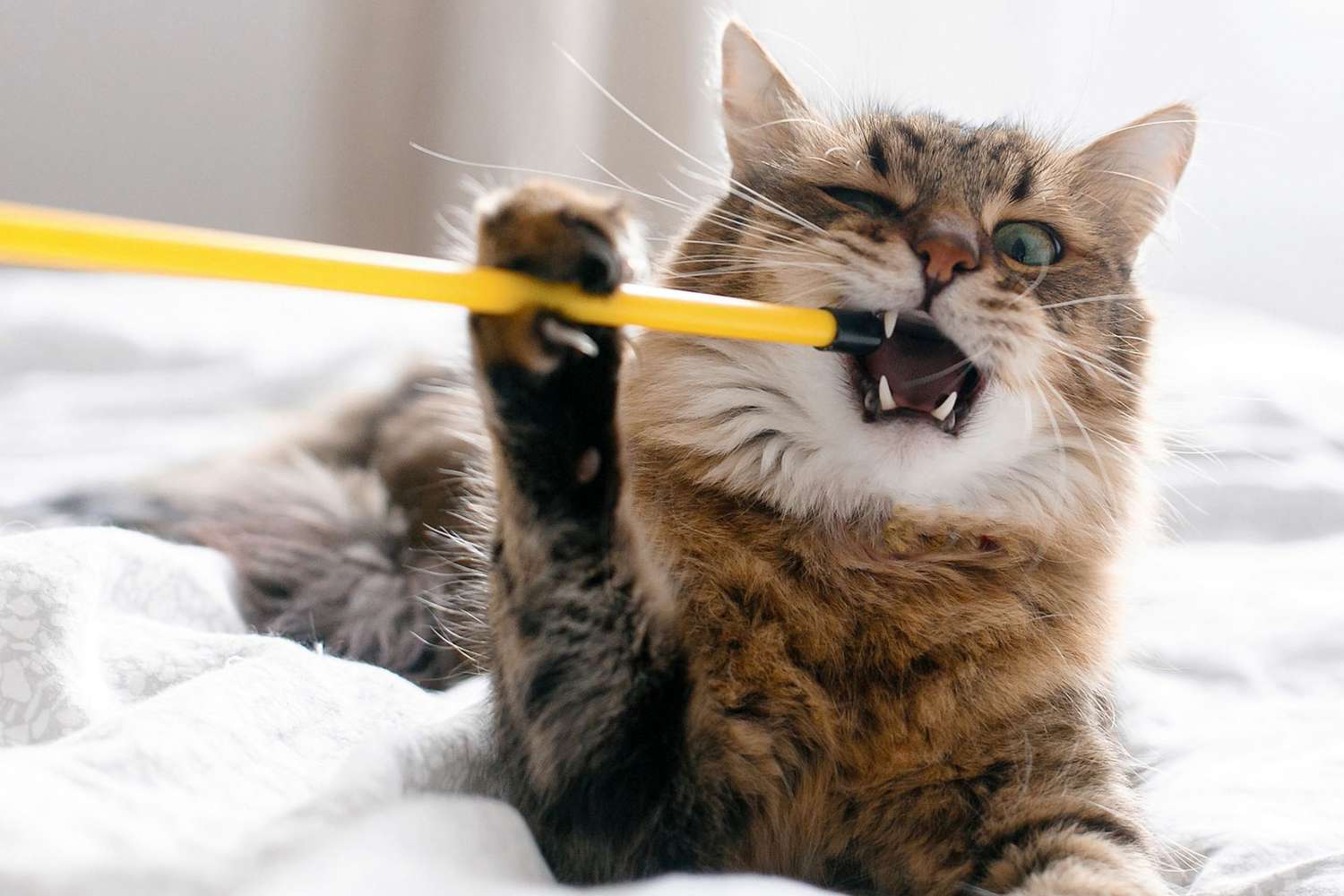pica in cats article
Both pica and wool-sucking are. It is most frequently seen in certain breeds such as Siamese Burmese Tonkinese and other Oriental types leading to the suggestion that there may be a genetic component with the trait passing down particular family lines.

Eating Things That Are Not Edible Pica In Cats Firstvet
While occasional chewing on items should not be a problem pica could be dangerous.

. Wool sucking is a form of pica with a higher incidence in the Siamese Burmese and outcrosses. Pica is a human and animal disorder characterized by eating things that are typically considered as non-food or do not have any nutritive value. But its estimated that around 40 of cats will be affected in their lifetime which is a huge number of our beloved felines.
Chewing on power cords can be a major problem so is ingesting foreign materials which can cause blockage in the stomach or intestine. Pica in cats article. Cat pica is also associated with feline leukemia and feline immunodeficiency virus and it may be triggered by conditions like diabetes or brain tumors.
Pica is when cats chew or eat non-food objects such as plastic. This behaviour is highly rewarding to sufferers and many will go to great lengths to find their favourite materials. Felines with a mild case of pica may not consume the object but chew lick or suck on said inedible object.
For some cats pica appears to be in their genes. This article has been viewed 21139 times. A cat suffering from Pica will take the object in its mouth and grind repeatedly with the back-molar teeth before swallowing in a sequence that can take just a few seconds.
If your cat is eating chewing or licking plastic or plastic bags the first step is a trip to. Pica is a term used to describe the consumption of non-edible materials. Causes of pica in cats.
The biggest concern with pica is a gastrointestinal obstruction. Affected cats will suck and eat wool or other items of clothing. Approximately 25 of cats in the United States have pica syndrome.
Pica is a term used to describe behaviour in cats where they regularly eat items that are not considered edible. 9 rows There is limited research exploring the prevalence of pica in cats and the factors influencing. Because many researchers consider pica to have a genetic component the cats that are more commonly prone to this condition are Siamese Oriental Shorthairs Burmese and Birmans.
Its not fully understood why but one theory suggests. Pica in cats only has one clinical sign and that is consumption of inedible objects. Pica in cats can be fairly difficult to diagnose if you dont see your cat eating a non-food object so try to keep an eye on your cat if you think they may have pica.
Before a cat is diagnosed with pica it means the syndrome and behavior have been going on for a long time as cats tend to be very secretive. Cats with pica may chew on or eat wood fabrics blankets or other objects. You can also tell if your cat has pica based on other symptoms theyre displaying which may include diarrhea vomiting constipation decreased appetite and lethargy.
Secondary symptoms of pica in cats may include. Treatment usually focuses on environmental. Pica in Cats.
This sometimes includes repeated eating one specific item such as stones but can also be eating a range of items such as items of clothing sticks plastic hair bands elastic bands cat litter soil or whatever. Plants electric cords phone cords wool fabric string or yarn. Pica is the term used to describe the craving and ingestion of nonfood items.
As the saying goes knowledge is power. Pica in cats may involve kitties sucking wool stuffed animals or fleece as well as other non-food materials including litter soil yarn strings paper including toilet paper wood dirt cardboard blankets socks jackets plastic shoelaces. Since it is largely restricted to certain breeds it must have some genetic basis but it also has environmental triggers which are poorly understood.
Cats with pica were less commonly fed ad libitum than healthy cats. Pica involves ingestion of non-food items. Either way it can be fatal to a cat.
Described by researchers as the ingestion of inedible items this condition can affect cows birds dogs and even humans too. A cat suffering from pica syndrome will go to all lengths to find and chew its favorite material. Pica is a condition in which animals chew or eat unusual things such as fabric plastic or wool.
Feline pica refers to long-term compulsive chewing and eating of non-food items such as plants power cords and fabric. Stress seems to be a common denominator in cats with. Pica the ingestion of inedible items does not seem to be the consequence of a suboptimal environment or early weaning.
As frequently reported pica and vomiting were. The latest treat from japan is a website announcing the. Pica is relatively uncommon in cats.
It was derived from the Latin word for Magpie. To deal with this condition consult your veterinarian hire an animal behavior consultant and have the number for a 247 poison control phone line ready. Pica is difficult to diagnose in cats because some chewing and sucking behavior is normal.
A bird that has notorious indiscriminate dietary customs. Wool sucking is common in certain breeds including Siamese Burmese and Himalayans and it is also common in cats prematurely weaned or removed from their mothers. Pica in cats has been classified variously as a stereotypy McKeown et al 1992 with compulsive grooming Overall 1992 and as an ingestive behaviour problem Borchelt and Voith 1982.
Frequently reported items which cats may chew include wool fabric wood plastic paper and plants Case 2003 Horwitz Mills 2009. Often the molar teeth are used to chew holes in such materials. Although it mainly shows up in younger cats pica can also appear in older cats as well.
However mixed breeds are not immune to pica. Cats with pica vomited significantly more often than control cats P 001. Common target objects for feline pica include.
Pica was most common at about 6 months as compared to the older age categories. Cats who obsessively lick nibble andor consume items are exhibiting a form of pica. Eating things that are not edible - pica in cats.
Up to 10 cash back Pica in cats refers to the ingestion of non-food items. This study investigated the types of materials targeted by cats eating non-nutritive materials pica at about 6 12 and 18 months of age as reported by owners. Xylophagia is a condition involving the consumption of paper and form of eating disorder known as pica.
The average age of onset is between 4 and 12 months. Cats with pica were less commonly fed ad libitum than healthy cats.

Pin On Cat Health Things Every Cat Owner Should Know

Feline Pica A Perilous And Frustrating Condition Floridawild Vet Hospital

Katzen Bilder Kittens Cutest Cute Cats And Kittens Cute Cats

Was Sie Uber Herzinsuffizienz Bei Katzen Wissen Sollten Meinkatz Why Do Cats Purr Canine Cancer Cat Purr

Pica In Cats Why Your Cat Eats Plastic And What You Can Do About It Daily Paws

Attention Seeking Behavior In Cats Endearing And Annoying Attention Seeking Behavior Animal Articles Cats

Don T Mind Me Cute Cats Hq Pictures Of Cute Cats And Kittens Free Pictures Of Funny Cats And Photo Of Cute Kittens Cute Cats And Kittens Kittens Kittens Cutest

Pin On Cat Health Things Every Cat Owner Should Know

How To Keep Your Cat Safe From Cords Wires Cables Cattime Cat Safe Cats Cat Facts

Keeping Cats Safe Pica International Cat Care

Pin On Cutest Animal Pictures Videos

Learn How To Crate Train Your Pet Cat In This Article Do Note That It Will Be Easier To Crate A Kitten Than An Older Cat Crate Training Crates Cat Training

Cat In The Window Disney Pixar Cars Pixar Cars Cars Characters

